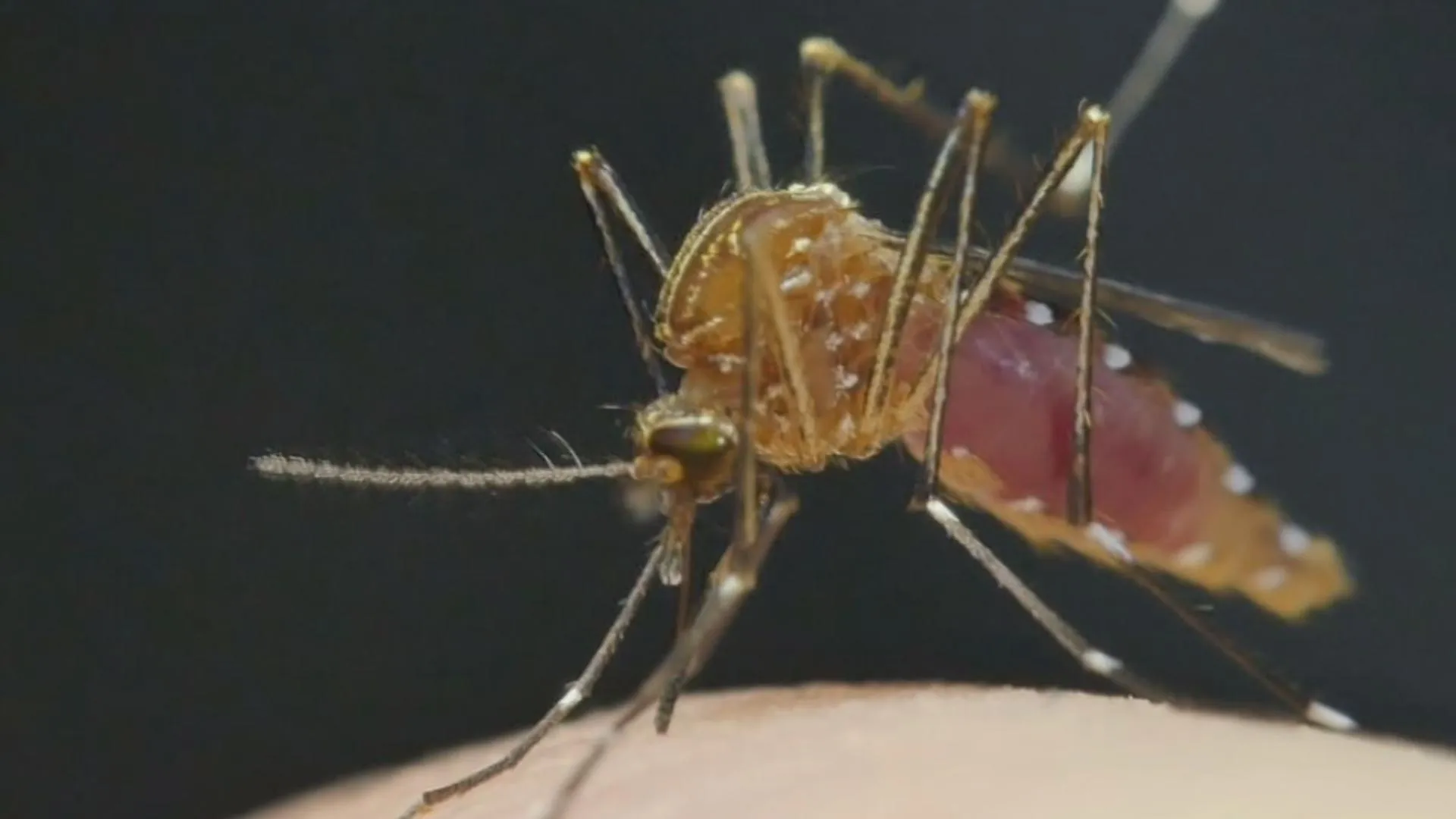A groundbreaking scientific development from Australian researchers could change how the world fights deadly mosquito-borne diseases like dengue, malaria, and Zika. The key? Genetically engineered male mosquitoes with “toxic” semen—a revolutionary approach that could significantly reduce mosquito populations and the illnesses they spread.
The Toxic Male Technique: What Is It?
The “toxic male technique” involves breeding genetically engineered male mosquitoes that produce venomous proteins in their semen. When these males mate with female mosquitoes, the toxic proteins are transferred, drastically shortening the females’ lifespan.
The objective is clear: eliminate female mosquitoes soon after mating, as they are the ones that bite humans and spread diseases. Female mosquitoes typically live for several weeks after emerging, giving them ample time to bite and transmit deadly pathogens. This innovative method could suppress mosquito populations quickly and effectively, especially during outbreaks, without relying on harmful pesticides.
Sam Beach, lead author and scientist from Macquarie University, explained, “Ideally, a male mosquito mates with a female, and then she dies immediately. This approach specifically targets the vector species responsible for disease transmission, minimizing harm to non-target organisms.”
Early Trials Show Promise
Initial proof-of-concept trials were conducted using fruit flies due to their short two-week life cycle. Female fruit flies that mated with “toxic” males showed significantly reduced lifespans. While these findings are promising, translating the technique to mosquitoes will require additional research and rigorous safety testing to ensure there are no risks to humans, animals, or other beneficial species.
The research team is exploring conditional expression techniques to activate the toxic proteins only under specific conditions. This precaution aims to ensure the trait is triggered only when necessary, avoiding unintended ecological consequences.
Benefits Over Traditional Methods
Traditional mosquito control methods often involve the release of sterile male mosquitoes to slow reproduction or large-scale pesticide use. While these techniques have shown some success, they come with limitations. Pesticides, for instance, can harm non-target species and contribute to environmental degradation.
The toxic male technique, however, goes beyond mere sterilization. By actively reducing female mosquito populations, this method could yield rapid and lasting reductions in mosquito numbers and, consequently, the spread of diseases.
Computer models suggest that actively killing female mosquitoes is far more effective than simply reducing reproduction rates. By targeting the disease-spreading population directly, this method could achieve a quicker and more significant impact.
Why This Development Is Crucial
Mosquito-borne diseases continue to be one of the most significant public health challenges globally. According to the World Health Organization (WHO), these diseases account for over 17% of all infectious diseases, causing more than 700,000 deaths annually.
Malaria, one of the deadliest mosquito-borne illnesses, disproportionately affects African nations, with young children being the most vulnerable. Dengue, Zika, and other diseases have also seen alarming surges in recent years, posing risks to millions worldwide.
In India, outbreaks of diseases like the Chandipura Virus (CHPV) have caused significant casualties, as seen in Gujarat, Maharashtra, Madhya Pradesh, and Rajasthan in recent years. The need for effective mosquito control has never been more urgent.
By focusing on female mosquitoes—the primary disease vectors—this groundbreaking approach could offer hope for a future where mosquito-borne illnesses are far less prevalent.
The Road Ahead: Challenges and Considerations
While the toxic male technique holds immense promise, several hurdles remain. Safety is paramount. The researchers must ensure that genetically modified mosquitoes do not inadvertently harm humans, animals, or the ecosystem.
Moreover, the team is working on “conditional expression” techniques to ensure the toxic proteins are activated only in specific circumstances. This precision is critical to prevent unintended effects on non-target species.
Another challenge is public acceptance. Genetically modified organisms (GMOs) often face resistance due to concerns about safety and ecological impact. Transparent communication and rigorous testing will be essential to address these concerns and build trust.
Transforming Public Health
If successfully implemented, the toxic male technique could revolutionize public health strategies for controlling mosquito-borne diseases. This method offers a sustainable alternative to pesticides and other traditional control methods, aligning with global efforts to reduce environmental harm.
“This innovative solution could transform how we manage pests, offering hope for healthier communities and a more sustainable future,” Beach said.
By drastically reducing the populations of disease-spreading mosquitoes, this technique could save countless lives and alleviate the global burden of mosquito-borne illnesses.
The development of genetically engineered mosquitoes with toxic semen is a groundbreaking step in the fight against deadly diseases like malaria, dengue, and Zika. While challenges remain, this innovative approach offers a new weapon in the global battle against vector-borne illnesses.
With rigorous safety testing and careful implementation, the toxic male technique could pave the way for a healthier, disease-free future. Scientists and public health experts worldwide are watching closely as this revolutionary technology takes shape, offering hope for communities plagued by mosquito-borne diseases.





















